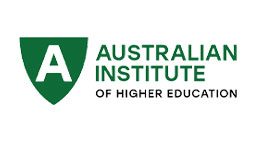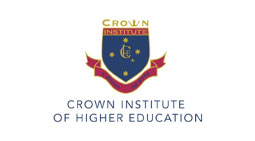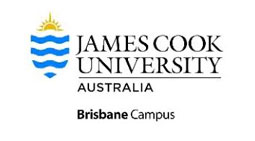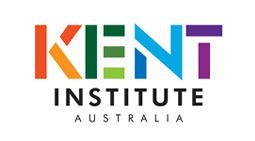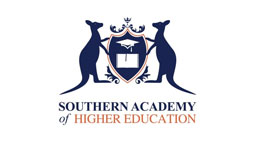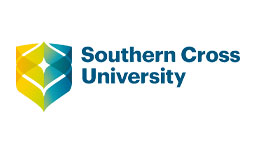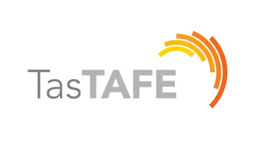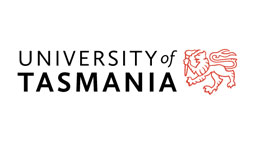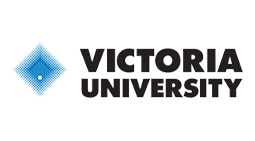Australia

Australia is a top destination for international students, offering world-class education, vibrant student life, and excellent career opportunities. Many students choose to study in Australia from Nepal because of its globally recognized degrees, diverse culture, and strong Nepalese community.
For a Nepali student in Australia, the experience is enriching and rewarding. With affordable tuition fees, part-time work options, and pathways to permanent residency, Australia provides an excellent environment for academic and professional growth. The country is home to some of the world's best universities and offers numerous scholarships to support international students.
Why Study in Australia from Nepal?
- High-Quality Education – Australian universities rank among the top in the world, offering cutting-edge research and practical learning.
- Affordable Tuition Fees – Compared to other Western countries, studying in Australia is cost-effective, with many financial aid options.
- Part-Time Work Opportunities – International students can work up to 24 hours per week to support their living expenses.
- Post-Study Work Visa – Graduates can apply for a Temporary Graduate Visa (subclass 485) to gain work experience.
- Pathway to Permanent Residency – Many programs offer pathways to PR through the General Skilled Migration (GSM) program.
Application Process for Students Applying for Australia:
- Choose a Program & University – Research universities and select a suitable program based on academic and career goals.
- Prepare Required Documents – Gather academic transcripts, English proficiency test scores, SOP, LOR, and financial proof.
- Apply to Universities – Submit applications online through the university portals and pay the application fees.
- Receive Offer Letter – If selected, students will receive a Confirmation of Enrollment (CoE) from the university.
- Apply for a Student Visa – Submit a visa application along with the required documents to the Australian Embassy.
- Plan for Travel & Accommodation – Book flight tickets, arrange housing, and attend a pre-departure briefing.
Living Expenses in Australia for Nepalese Students
Living expenses in Australia vary by city and lifestyle. Below is an estimated breakdown of costs, including the total cost to study in Australia from Nepal:
|
Expense Category |
Estimated Monthly Cost (AUD) |
|
Accommodation |
800 - 2,500 |
|
Food |
300 - 700 |
|
Transportation |
150 - 250 |
|
Health Insurance |
80 - 200 |
|
Miscellaneous |
150 - 400 |
|
Total |
1,480 - 4,050 |
Admission Criteria needed to Study in Australia for Nepalese Students:
- Academic Requirements – Students must meet the minimum GPA requirement for their chosen program. Undergraduate programs require a higher secondary certificate, while graduate programs require a bachelor's degree.
- English Proficiency Test – IELTS or TOEFL scores are mandatory for non-native English speakers. The minimum IELTS score requirement is 6.0-7.5, depending on the university.
- Financial Proof – Students must show proof of financial support to cover tuition and living expenses during their studies in Australia.
- Statement of Purpose (SOP) – A well-written SOP is required, explaining why the student wishes to study in Australia from Nepal and their future career goals.
- Letter of Recommendation (LOR) – At least one or two recommendation letters from academic or professional references are needed for admission.
- Valid Passport and Visa – A valid passport and a student visa (subclass 500) application are mandatory for studying in Australia.
1. What is the minimum IELTS score required for Nepalese students to study in Australia?
Most universities require a minimum IELTS score of 6.0 to 7.5, depending on the program and institution.
2. Can Nepalese students work while studying in Australia?
Yes, Nepalese students can work up to 24 hours per week during academic sessions and full-time during breaks.
3. Is Australia affordable for Nepalese students?
Yes, Australia offers various scholarships, and students can work part-time to manage their expenses. Tuition fees vary depending on the university and program.
4. How can a Nepalese student get PR in Australia?
After completing their studies, students can apply for the Temporary Graduate Visa (subclass 485) and later qualify for PR through the General Skilled Migration (GSM) program.
5. What are the top universities in Australia for Nepalese students?
Some of the top universities include the University of Melbourne, Australian National University, and the University of Sydney.
Universities in Australia for Nepalese Students
Australian universities are known for their strong academic curriculum, state-of-the-art research facilities, and student-friendly environments. Here are the top 10 universities in Australia for Nepalese students:
|
University Name |
Undergraduate Programs |
Graduate Programs |
|
University of Melbourne |
Business, Engineering, Computer Science |
MBA, MSc, PhD, Data Science |
|
Australian National University |
Economics, Psychology, Biotechnology |
MSc, PhD, Environmental Science |
|
University of Sydney |
Medicine, Law, Architecture |
MBA, Law, PhD |
|
University of Queensland |
Agriculture, Nursing, Engineering |
MSc, PhD, Petroleum Engineering |
|
Monash University |
IT, Mathematics, Cybersecurity |
MSc, PhD, Data Analytics |
|
University of New South Wales |
Journalism, Political Science, Biology |
MBA, MSc, Public Health |
|
University of Western Australia |
Business, Fine Arts, Computer Science |
MSc, PhD, Applied Sciences |
|
University of Adelaide |
Marine Biology, Dentistry, Pharmacology |
MSc, PhD, Marine Studies |
|
Queensland University of Technology |
Communication, Sociology, Finance |
MSc, PhD, Finance & Economics |
|
Deakin University |
Criminology, Social Science, Engineering |
MSc, PhD, Law & Governance |


